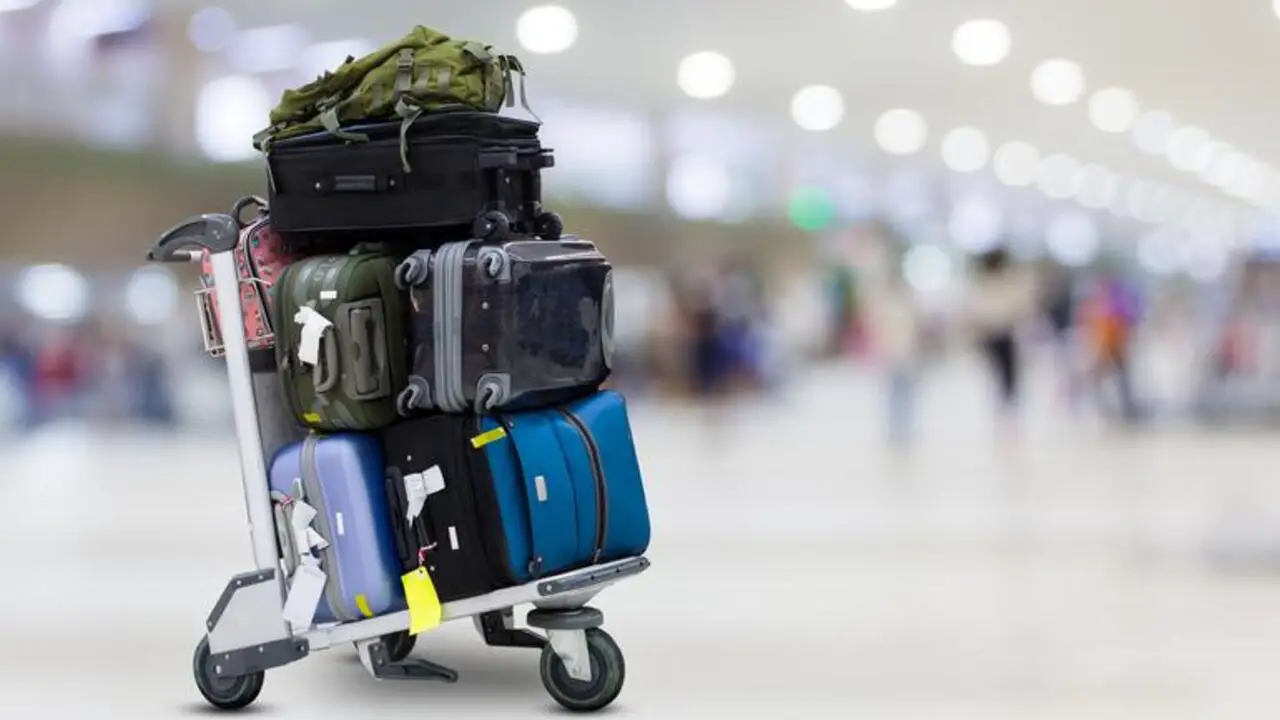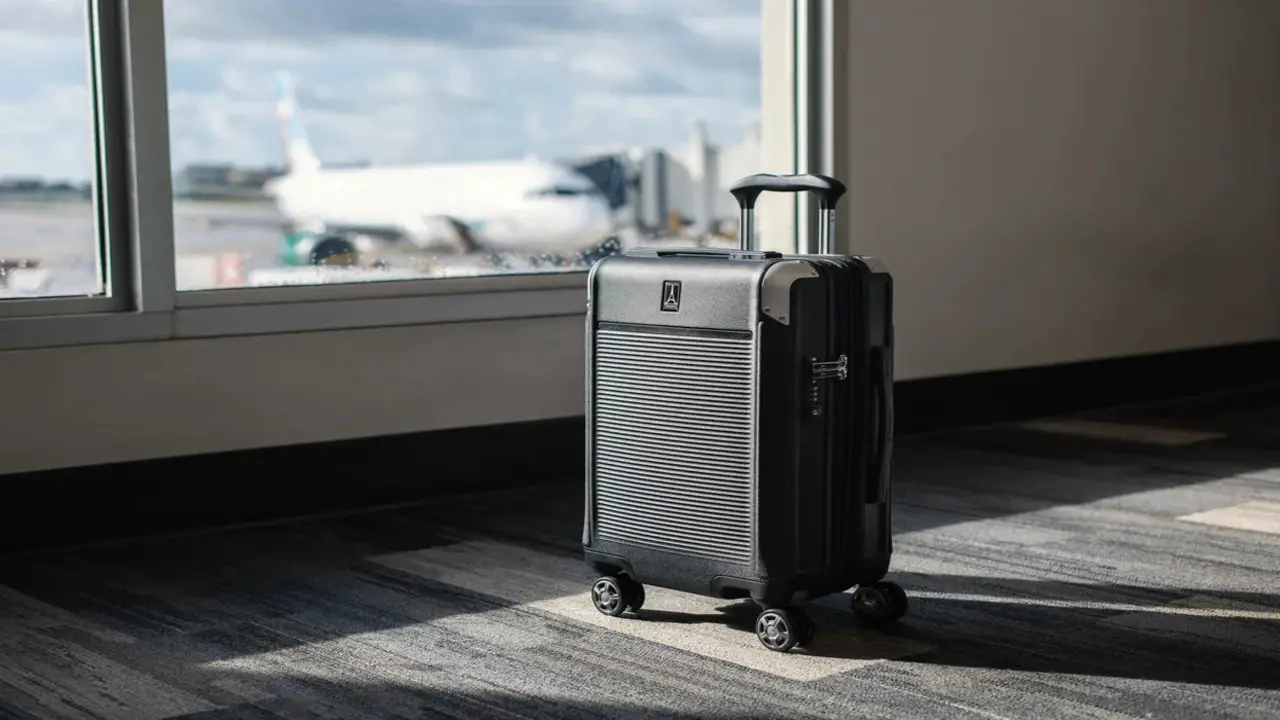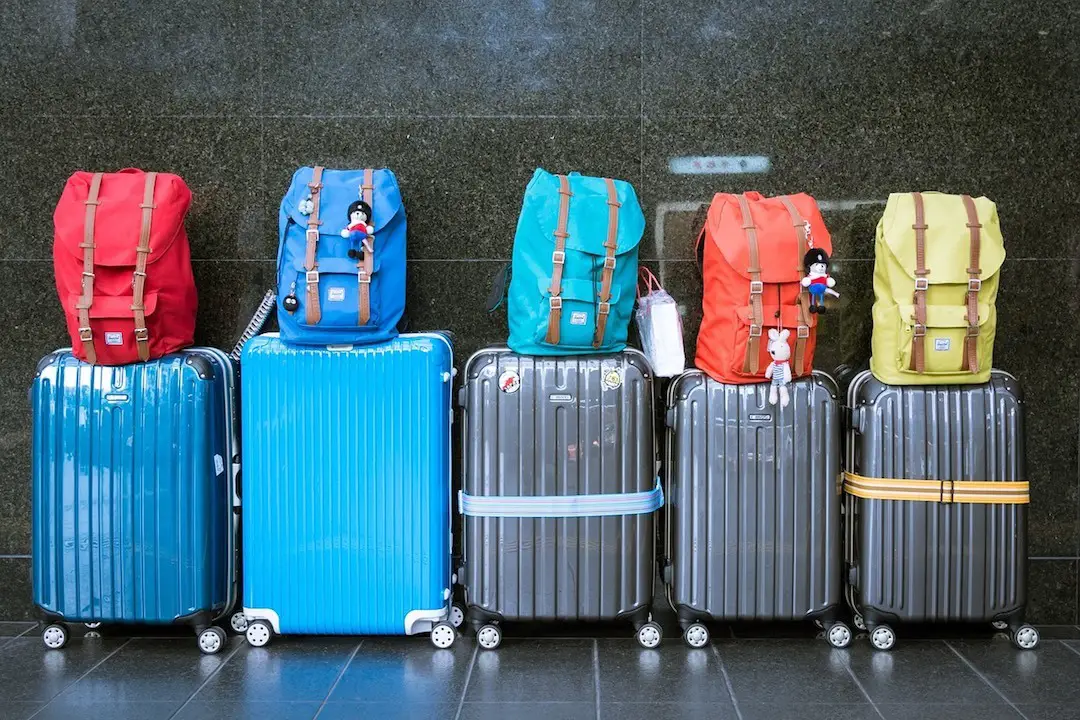For travelling internationally, packing can be a daunting task. One of the most important things to consider is the weight of your luggage, as airlines have strict restrictions on how much you can bring on board.
Understanding these rules can save you time, money, and hassle at check-in and throughout your travels. We will discuss everything you need to know about luggage weight international flights. We’ll also explore the consequences of packing too much and how to avoid them.
Understanding luggage weight restrictions is crucial whether you’re a seasoned traveller or embarking on your first international adventure. We’ll share tips and tricks for packing efficiently and maximizing your luggage allowance. You’ll feel confident and well-prepared for your next journey, knowing exactly how much luggage you can bring.

How Much Is Luggage Weight International Flights

As travel becomes increasingly global, it is important to understand luggage weight international flights Restrictions. Regarding international flights, luggage weight allowances can vary depending on the airline and the specific fare class you have booked.
Typically, most airlines allow passengers to check one or two bags with a maximum weight limit of around 50 pounds (23 kilograms) per bag. However, it is important to check with your specific airline for their exact policies, as some may have different weight limits or charge additional fees for exceeding the allowance.
Additionally, it is worth noting that certain destinations may have stricter baggage restrictions, so it is always a good idea to familiarize yourself with the rules and regulations of your specific travel destination before packing. To avoid any surprises or extra fees at the airport, it is recommended that you weigh your luggage before heading to the airport and make sure it falls within the allowed limits.
International Flight Luggage Policies Of Major Airlines

International flight luggage policies of major airlines are often confusing and frustrating for travellers. With so many different airlines and varying policies, it can be difficult to track what is allowed and what isn’t. Some airlines have strict weight restrictions, while others allow a certain number of bags regardless of weight. Many airlines also charge extra fees for checked luggage, which can quickly add up.
It is important to research the luggage policies of the airlines you plan to fly with before booking your ticket. This will help you avoid surprises or unexpected fees when arriving at the airport. Some airlines even offer discounts for pre-purchasing baggage allowances online. It is also important to pack carefully and efficiently to avoid exceeding weight limits or paying extra fees.
Overweight Luggage Fees And Charges
Knowing the overweight luggage fees and charges is crucial for anyone planning to travel, especially regarding air travel. This is because airlines have strict weight limits for luggage, and exceeding these limits can result in hefty fees and charges. If you are unaware of these fees, you may pay more than you anticipated.
Moreover, the extra fees and charges can vary significantly from one airline to another, so it is important to research before booking your flight. Knowing the overweight luggage fees and charges can also help you to pack smartly and avoid unnecessary expenses.
Knowing the weight limits allows you to plan your packing accordingly and avoid carrying items that may weigh you down. You can also opt for lightweight luggage and carry-on bags to minimize the risk of exceeding the weight limits.
Calculating Excess Weight Charges
To calculate excess weight charges, you must know the airline’s fee structure for overweight baggage. This can typically be found on their website or by contacting their customer service. Once you have this information, simply subtract the allowed weight limit from the actual weight of your luggage.
The resulting number will give you an idea of how much excess weight you carry and how much you may be charged. Packing light and weighing your luggage before heading to the airport is always a good idea to avoid any surprises at check-in.
Strategies To Avoid Overweight Luggage Fees

One of the biggest headaches with international travel is airlines’ strict luggage weight requirements. Overweight luggage fees can quickly add up and damage your travel budget. Fortunately, there are several strategies you can use to avoid these fees. Firstly, invest in a good quality luggage scale to weigh your bags before leaving for the airport.
This will help you avoid surprises at check-in and give you enough time to redistribute items between your bags. Secondly, consider using a lightweight suitcase or packing cubes to help you save on weight. Thirdly, wear your heaviest items, such as jackets and boots, on the plane rather than packing them in your suitcase.
1.Choosing The Right Luggage
There are a few things you need to consider for choosing the right luggage. One of the most important factors is the weight of your luggage. Many airlines have strict weight limits for checked and carry-on luggage, especially for international flights.
It is crucial to ensure that your luggage does not exceed the weight limit, as you may be required to pay additional fees or leave some items behind. To avoid this, it is recommended that you invest in lightweight luggage that is sturdy and durable.
Another important consideration is the size of your luggage. Choosing luggage that is the appropriate size for your needs is important. If you are travelling for a short period, a smaller suitcase may suffice, but if you are going on a longer trip, a larger suitcase may be necessary.
2.Packing Light And Smart
Regarding international travel, packing light and smart is essential, especially regarding luggage weight restrictions. Airlines have strict guidelines on the maximum weight, size, and number of bags you can bring onboard, and exceeding these limits can result in hefty fees.
Packing light is the way to go to avoid these extra charges and make your journey more comfortable. The first step is to choose a lightweight suitcase and packing cubes or compression bags to organize your belongings. These tools help you maximize space and keep your items organized.
Also, consider wearing your heaviest clothes and shoes on the plane to reduce the weight of your checked luggage. When it comes to packing, stick to the essentials, such as versatile clothing items that can be worn multiple times, and leave behind anything you can easily purchase at your destination.
3.Wear Your Heaviest Items

Airlines have specific rules and restrictions on how much weight passengers can carry; exceeding those limits can result in extra fees. To avoid this inconvenience, one useful tip is to wear your heaviest items while travelling. This means wearing your jacket, boots, and other bulky clothing instead of packing them in your suitcase.
By doing so, you can free up some space and reduce the weight of your luggage. Additionally, you can also use the pockets of your clothing to store smaller items, such as your phone, wallet, and passport, which will make them easily accessible and keep them safe. Another advantage of wearing your heaviest items is that they can provide warmth and comfort during your journey.
How To Handle Excess Luggage
Knowing how to handle excess luggage is essential, especially on international flights with strict luggage weight restrictions. If you find yourself with extra bags or overweight luggage, there are a few options to consider. First, you can try to redistribute your belongings by packing some items in a carry-on bag or wearing heavier items such as jackets or boots during the flight.
Another option is to ship some of your belongings to your destination ahead of time. This may be more expensive but can alleviate the stress of dealing with excess luggage at the airport. Alternatively, you can pay the extra baggage fees at check-in, which can add up quickly and may not be feasible for everyone.
It’s important to check your airline’s baggage policies beforehand and weigh your luggage at home using a scale to avoid any surprises at the airport.
Conclusion:
Understanding and adhering to luggage weight restrictions on international flights are essential to a smooth and stress-free travel experience. Airlines impose these weight limits for safety and efficiency and to ensure a fair and consistent policy for all passengers.
Travellers must familiarize themselves with the airlines’ specific luggage weight allowances, as these limits can vary between carriers and travel classes. By doing so, passengers can avoid the inconvenience of having to repack or pay excess baggage fees at the airport.
Being mindful of luggage weight international flights is a responsible and practical approach that enhances travel convenience, ensures compliance with airline policies, and allows passengers to make the most of their time exploring new destinations.
FAQ
Can I Carry Extra Weight As Part Of My Cabin Baggage?
Airlines have strict weight restrictions for cabin baggage, and exceeding the limit may incur additional charges. It’s best to check the airline’s specific rules before packing. For checked baggage, the weight limit may vary depending on the airline and the class of travel.
Are There Any Items I Cannot Carry In My Checked Baggage?
Certain items, such as flammable materials and sharp objects, are not allowed in checked baggage for safety reasons. Make sure to review the prohibited items list provided by the airline. It’s important to note that luggage weight restrictions can vary depending on the airline and the class of travel.
Do All Airlines Have The Same Luggage Weight Allowance?
No, luggage weight allowances vary among different airlines and can also depend on the class of travel. It’s crucial to check the specific policies of the airline you are flying with. Most airlines provide detailed information on their website regarding baggage allowances and fees, so visiting their site and familiarising yourself with their policies before packing your bags is recommended.
Can I Pre-Pay For Excess Luggage To Save Money?
Many airlines offer the option to pre-pay for excess luggage, which can be more cost-effective than paying at the airport. Check with the airline about their pre-payment options. It is important to note that different airlines may have varying luggage weight limits and fees, so it is always a good idea to check with the airline beforehand to avoid surprises or additional costs.
Is There A Maximum Limit For The Weight Of A Checked Bag?
Yes, there is typically a maximum weight limit for checked bags. Exceeding this limit may result in additional charges or the baggage being rejected for transport. It’s important to note that the weight limit can vary depending on the airline and the destination.


